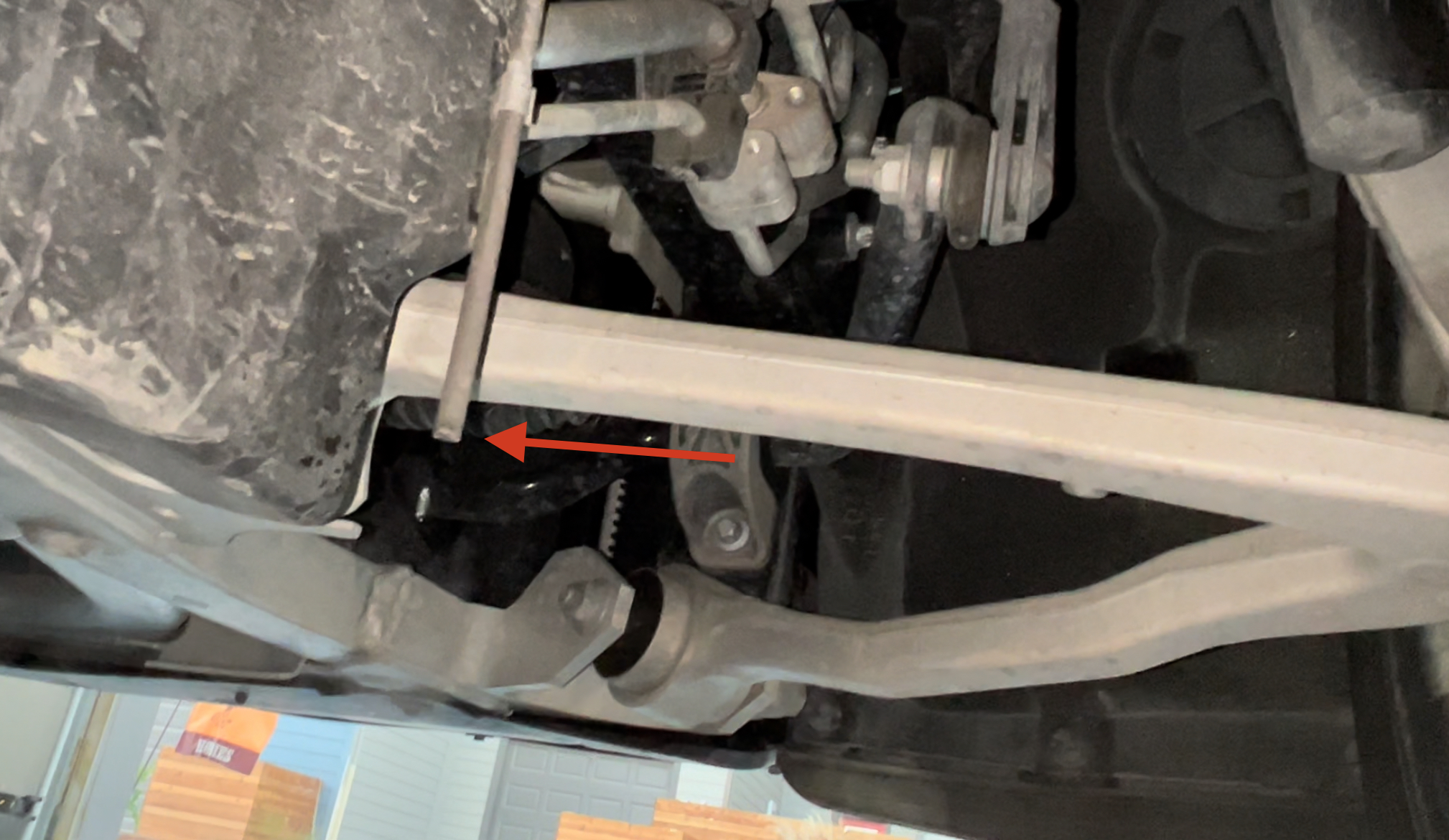smytherrrs
New member
- Joined
- Nov 6, 2021
- Messages
- 3
I saw another post about a “sulfur smell” and hot twelve volt battery, which the owner replaced, so I am curious how common issues are with the 12v battery…
On my drive home today with the windows down, I noticed a distinctive smell of rotten eggs. The natural gas-powered city bus next to me was surely to blame, but it did not dissipate as I got closer to home.
I pulled in the garage, closed the garage door, and almost puked at how pungent the smell was. I got under the car and noticed some steam behind the passenger-side front wheel and small drips of clear liquid every couple of seconds from a tube that appears to be a vent tube for the 12v battery. Fearing the smell or a potential fire would ruin my garage, I moved it outside and went back inside.
After 20 minutes, I heard a distinctive BMW car alarm going off. I walked out and found the car battery mostly dead but the siren blaring and lights on, albeit fairly dim. The key fob didn’t work to unlock the car or silence the alarm. I used the physical key to open the door. The electric hood release didn’t work, so I had to pull the plastic door off below it and pull the cable to manually release the hood. I disconnected the high voltage battery with the sort of fuse box at the front of the hood but didn’t touch the 12v since it is a Saturday night and BMW Roadside Assistance didn’t have any “master technicians” available to confirm it was safe to do so. The car alarm went off after an hour or so, despite the 12v battery appearing to have some juice left, evidenced by the flashing red light under the rear view mirror.
I am anxiously awaiting a tow and very happy I have a month left on my Roadside Assistance package. I am speculating that i3’s have a fairly primitive system to charge the 12v with the high voltage battery and mine is the original 12v from 2016. I speculate the 12v needs to be replaced every 3 years or so to ensure the battery doesn’t degrade as mine apparently has. I will report back with the service center findings!
On my drive home today with the windows down, I noticed a distinctive smell of rotten eggs. The natural gas-powered city bus next to me was surely to blame, but it did not dissipate as I got closer to home.
I pulled in the garage, closed the garage door, and almost puked at how pungent the smell was. I got under the car and noticed some steam behind the passenger-side front wheel and small drips of clear liquid every couple of seconds from a tube that appears to be a vent tube for the 12v battery. Fearing the smell or a potential fire would ruin my garage, I moved it outside and went back inside.
After 20 minutes, I heard a distinctive BMW car alarm going off. I walked out and found the car battery mostly dead but the siren blaring and lights on, albeit fairly dim. The key fob didn’t work to unlock the car or silence the alarm. I used the physical key to open the door. The electric hood release didn’t work, so I had to pull the plastic door off below it and pull the cable to manually release the hood. I disconnected the high voltage battery with the sort of fuse box at the front of the hood but didn’t touch the 12v since it is a Saturday night and BMW Roadside Assistance didn’t have any “master technicians” available to confirm it was safe to do so. The car alarm went off after an hour or so, despite the 12v battery appearing to have some juice left, evidenced by the flashing red light under the rear view mirror.
I am anxiously awaiting a tow and very happy I have a month left on my Roadside Assistance package. I am speculating that i3’s have a fairly primitive system to charge the 12v with the high voltage battery and mine is the original 12v from 2016. I speculate the 12v needs to be replaced every 3 years or so to ensure the battery doesn’t degrade as mine apparently has. I will report back with the service center findings!


















































![Electric Spin Scrubber, [IPX7 Waterproof ] [50KG Torque] Shower Scrubber with 9 Brush Heads, 2 Speed Mode, 4 Adjustable Angles, Electric Brush for Cleaning for Bathroom Floor Tile (Gray)](https://m.media-amazon.com/images/I/51R1fR54smL._SL500_.jpg)
